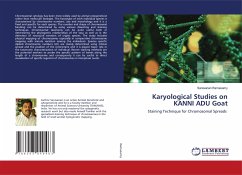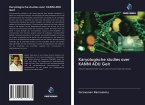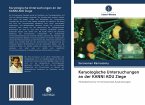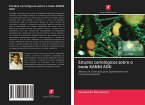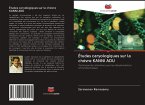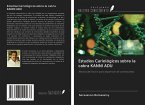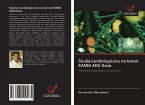Chromosomal cytology has been most widely used by animal cytogeneticist rather than molecular biologist. The Karyotype of each individual species is characterized by chromosome numbers, size and morphology and it is a fixed and specific for each species. The number and shape of chromosomal banding can be determined by using various dissecting and staining techniques. Chromosomal taxonomy can be quite useful both in determining the phylogentic relationships of the taxa as well as in the detection of structural variation of cryptic species. The study includes physical mapping of chromosomes especially in comparative chromosome mapping with minute variation among the individuals. Species specific diploid chromosome numbers (2n) are mainly determined using mitosis spread and the position of the centromere and it is played major role in the taxonomic characterization of individual. Recent staining methods are the potential markers to probe the specific pattern of bands along the length of a chromosome and consequently it can be useful to direct visualisation of specific segment of chromosomes in interphase nuclei.
Bitte wählen Sie Ihr Anliegen aus.
Rechnungen
Retourenschein anfordern
Bestellstatus
Storno

